What to look for in a cheap printer
How to check you’re getting the right printer for your needs without paying over the odds
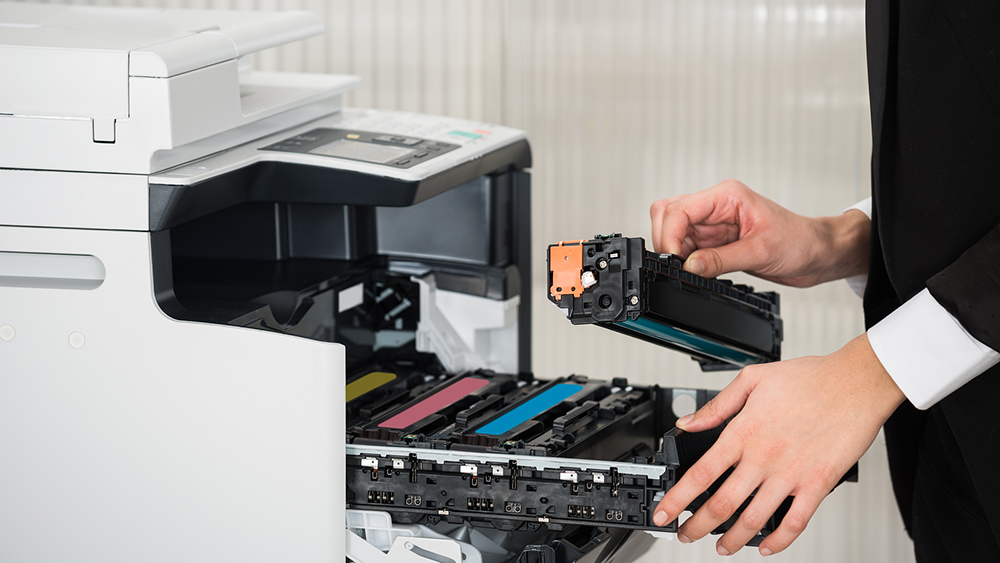

Printers must be among the most unloved computer accessories. We've all had experience of printers jamming at crucial moments, ruining prints with streaks and smears, and ripping us off with sky-high cartridge prices.
Best printers 2021: For all your printing, scanning and copying needs Best printers for small business 2023: Quality, reliable, and easy-to-use printers for your business Laser printers vs Inkjet: Which is best for the workplace?
The truth is, you get what you pay for. A great many printers these days are sold for less than £50, so it's hardly surprising if they're not perfectly reliable. And because the manufacturers make little or no profit on selling their hardware so cheap, we can't be too shocked when they hike up the price of ink.
Whether you're after a robust small business printer, or just want a machine to make a hard copy of the occasional email, we'd recommend you steer clear of such bargain-basement printers. They're just not worth the frustration.
What should I look for in a cheap printer?
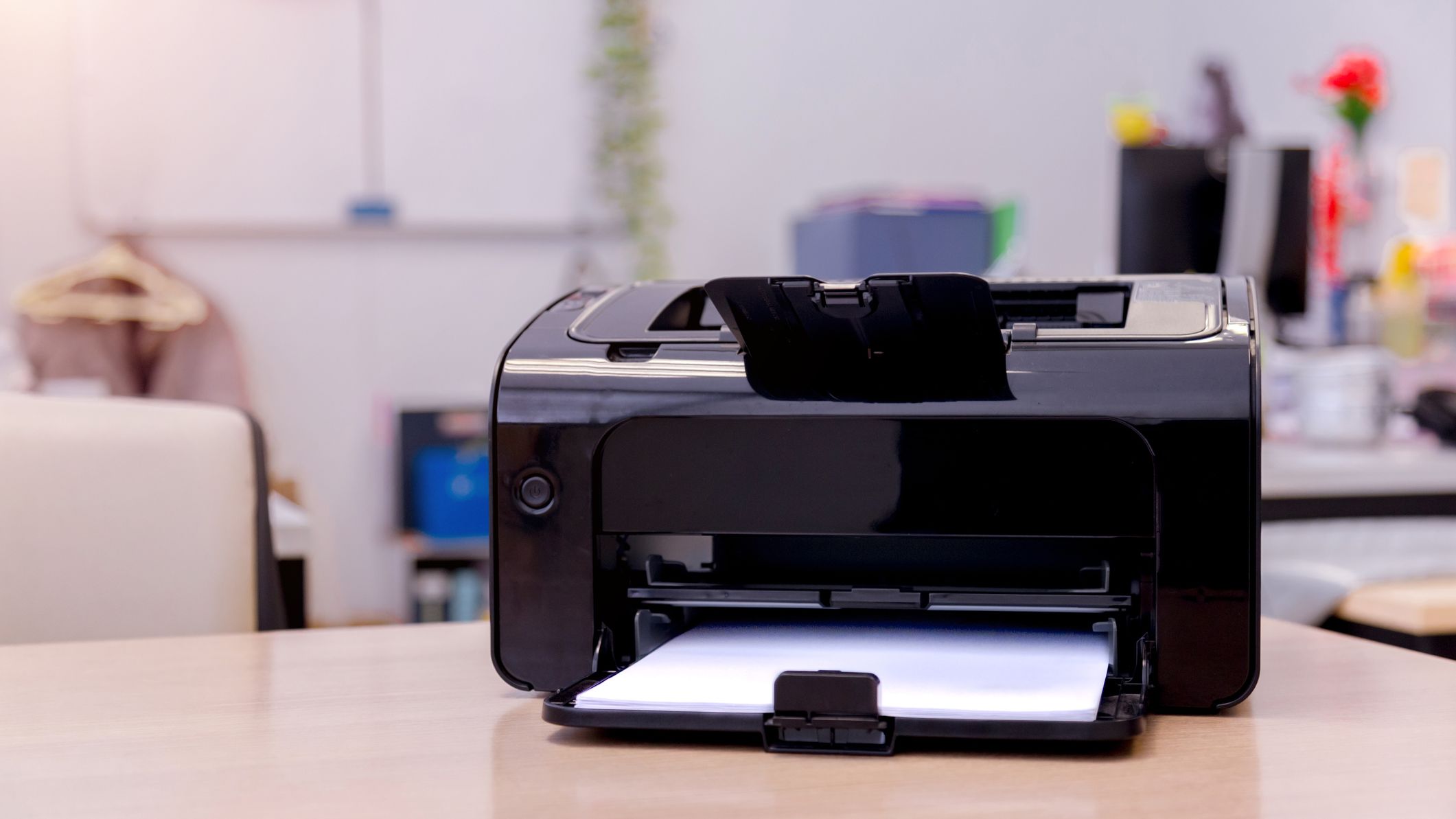
It used to be that a printer's only job was printing, but single-function printers are now – in cheaper price ranges, at least – a rarity. If you don't intend to do much scanning then you can consider the function a nice bonus, but it's always worth investigating the speed and quality of the scanner. And that doesn't mean simply comparing the advertised specs, as a unit with a very high claimed resolution could churn out speckly, drab scans.
If you want to digitise multi-page prints then an automatic document feeder is well worth having, as it saves you the hassle of having to manually load each page in turn. Obviously this won't work so well for double-sided originals, unless your chosen printer has a duplex ADF, like the Canon Maxify MB5350.
Any printer with a scanner will also offer a photocopy function, so you can easily make copies at the press of a button. Many contenders also offer a fax function: nowadays this probably isn't something you'll need for personal use, but if you work from home it could be very useful.
Are inkjets still cheaper than laser printers?
It used to be that inkjet printers were for individuals, lasers for businesses. Nowadays a colour laser can be cheaper than an inkjet - and some inkjets are faster and cheaper to run than their laser rivals. In short, the stereotypes of these two different printer technologies are now out of date; it's best to focus on practical factors such as speed and print quality.
Get the ITPro daily newsletter
Sign up today and you will receive a free copy of our Future Focus 2025 report - the leading guidance on AI, cybersecurity and other IT challenges as per 700+ senior executives
The only caveat to note is that laser printers generally can't be loaded with glossy paper, so if you're interested in occasional photo printing, an inkjet will give you more versatility.
Do I need a wireless printer?
Most modern printers will connect to your router over Wi-Fi, so they can be positioned anywhere in your home and accessed from any device. Failing that, you can normally use wired Ethernet. It's also possible, of course, to connect via USB and share the printer within Windows, although this means the host PC has to be switched on for you to be able to print.
When it comes to cloud services, Apple's AirPrint lets you print directly from an iPad or iPhone, while Google Cloud Print enables the same capability from Android devices and Google apps. If that sounds useful to you, check for compatibility, as these services are supported by most printers but not all.
Does the printer need to have a UI?
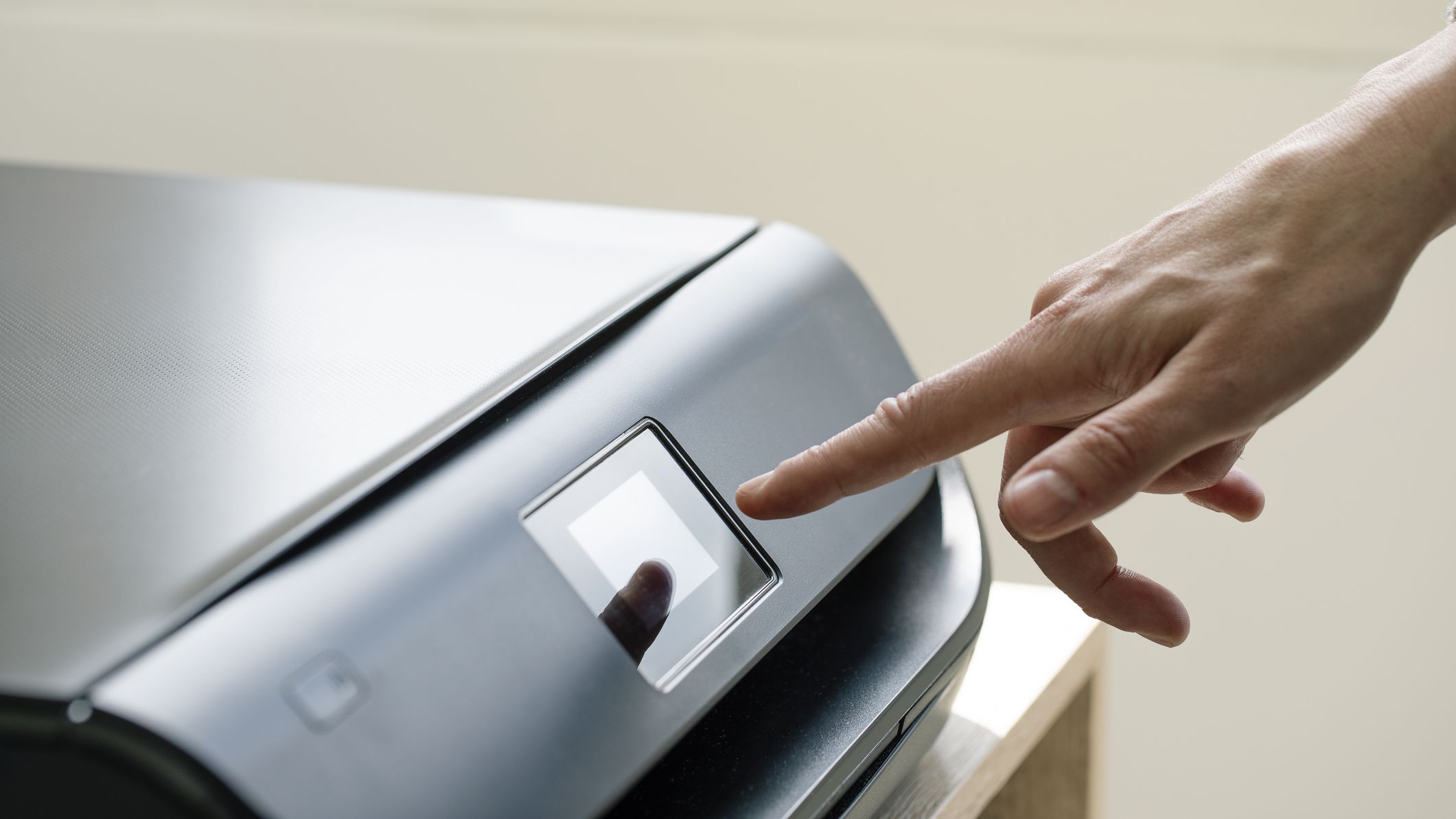
RELATED RESOURCE
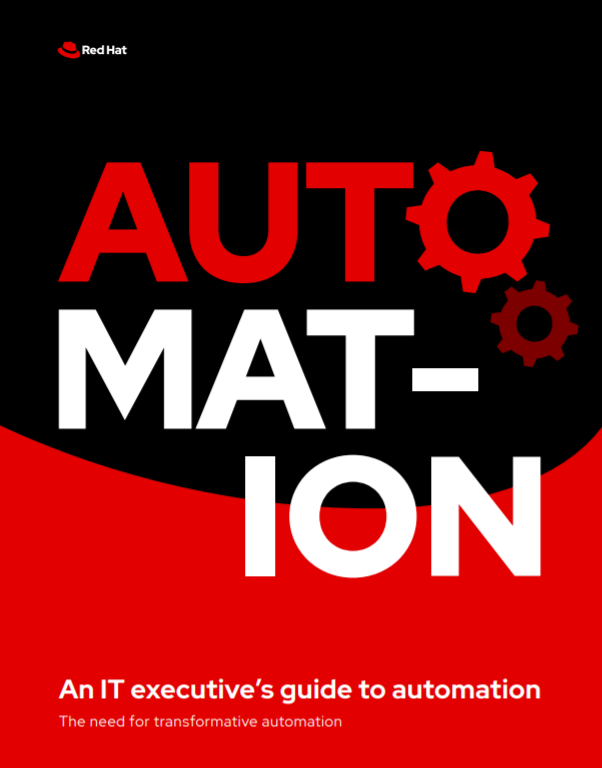
To help users browse the functions on offer, most low-cost printers out there now offer a simple LCD screen. Additionally, it makes it extremely easy to configure scan settings and other functions if the screen happens to be a touchscreen, which in many cases it is.
However, not all interfaces offer the same functionality. We found, for example, that it was easy to use the Brother MFC-J5620DW’s clear touchscreen interface, but found it difficult to understand the Ricoh Aficio SP C250SF’s various buttons and web interface. Make sure you try out a printer’s interface before you buy it, especially if you’re buying one in person.
What size printer tray should I look for?
While some printers are intended for lighter use, others are designed to handle large amounts of paper.
For example, the Epson WorkForce WF-2630 can hold a maximum of 100 sheets of paper in its fold-out tray. In contrast, the Canon Maxify MB5350 offers users two 250-sheet cassettes. The benefits of this include that you won’t be reloading pages as frequently and you can also switch on a job-by-job basis between, for example, unheaded and headed notepaper.
Manual trays enable users to load up a single sheet of special stock, such as envelopes or labels. It’s also important not to forget to double check the size of the output tray. An example of this is the HP Envy 5540, which will overflow after just 25 sheets, which could be problematic if you’re printing out 26-page reports.
Understanding running costs
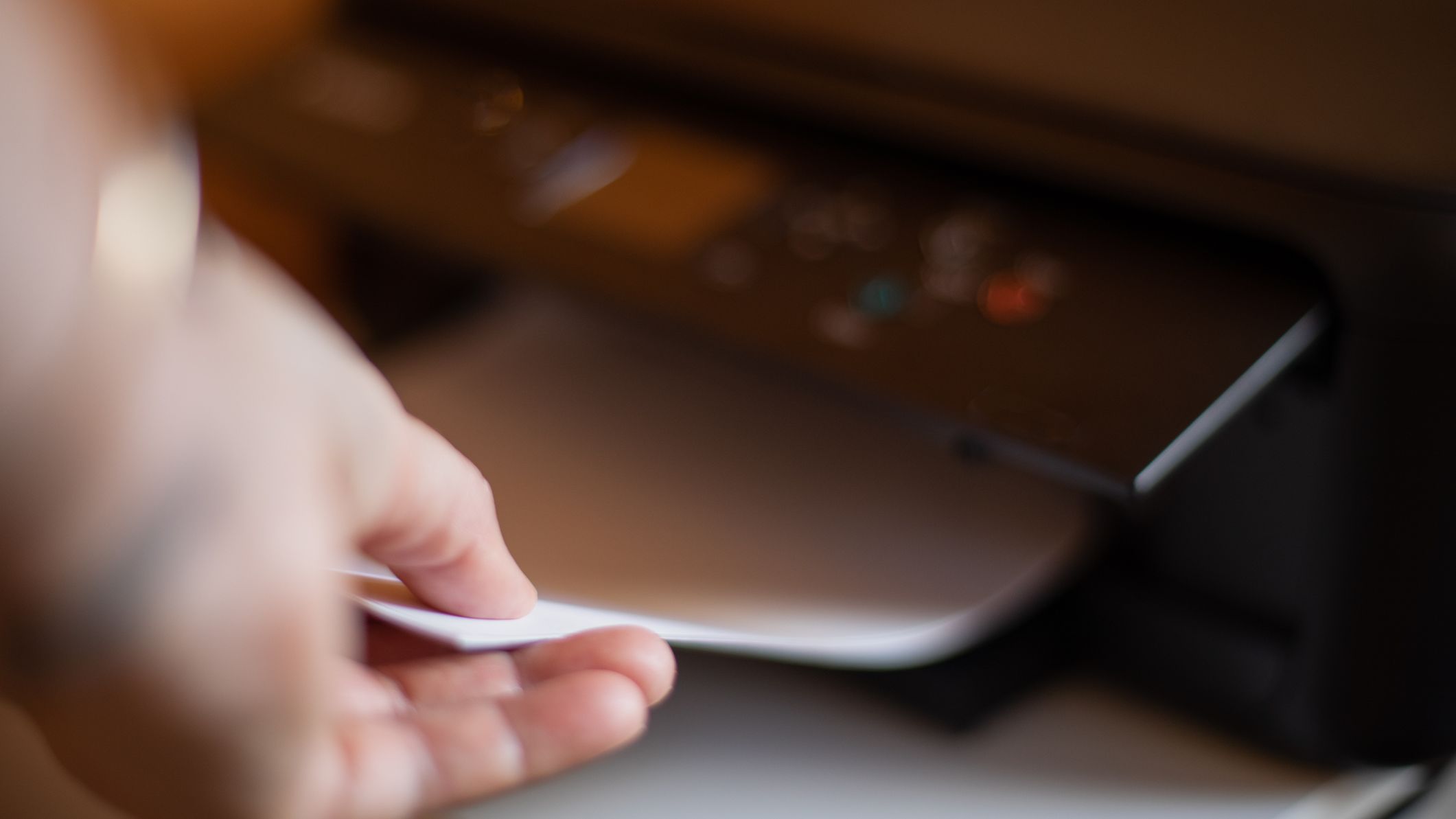
It’s always important to keep the device’s running costs in mind, and in order to understand this you’ll have to look at the ongoing price of keeping the printer supplied with ink. It’s not always easy to compare this metric across different models. For example, although high-capacity cartridges may appear expensive, they could be much better value than cheaper, but smaller, supplies.
Armed with all this information – and our speed and quality results for each printer – you should be able to choose the right printer for you, and avoid making a mistake which could, over the course of several years' ownership, prove very expensive.
Darien began his IT career in the 1990s as a systems engineer, later becoming an IT project manager. His formative experiences included upgrading a major multinational from token-ring networking to Ethernet, and migrating a travelling sales force from Windows 3.1 to Windows 95.
He subsequently spent some years acting as a one-man IT department for a small publishing company, before moving into journalism himself. He is now a regular contributor to IT Pro, specialising in networking and security, and serves as associate editor of PC Pro magazine with particular responsibility for business reviews and features.
You can email Darien at darien@pcpro.co.uk, or follow him on Twitter at @dariengs.
-
 Should AI PCs be part of your next hardware refresh?
Should AI PCs be part of your next hardware refresh?AI PCs are fast becoming a business staple and a surefire way to future-proof your business
By Bobby Hellard
-
 Westcon-Comstor and Vectra AI launch brace of new channel initiatives
Westcon-Comstor and Vectra AI launch brace of new channel initiativesNews Westcon-Comstor and Vectra AI have announced the launch of two new channel growth initiatives focused on the managed security service provider (MSSP) space and AWS Marketplace.
By Daniel Todd
-
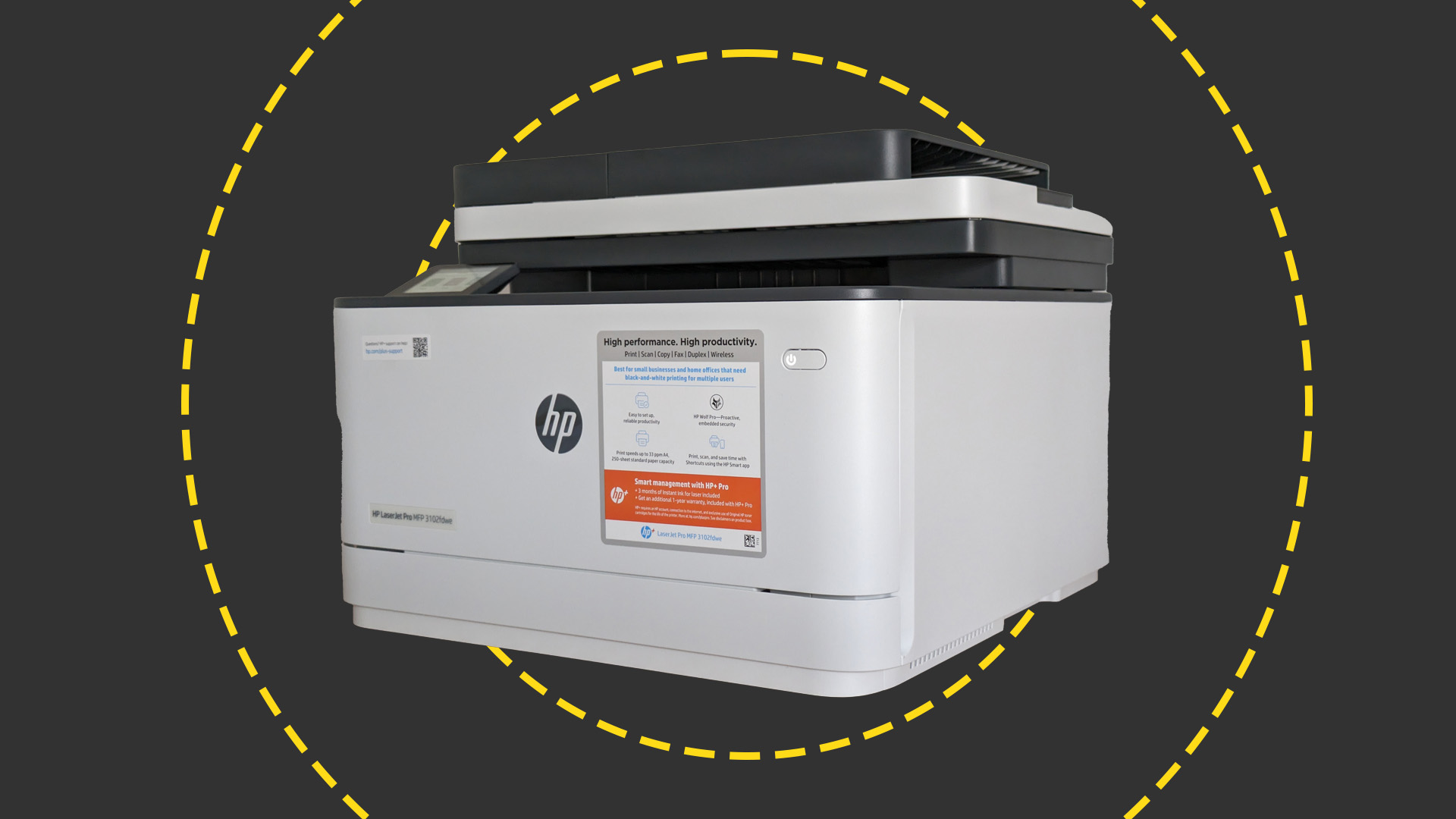 HP LaserJet Pro MFP 3102fdwe review: Hamstrung by high running costs and the restrictions of HP+
HP LaserJet Pro MFP 3102fdwe review: Hamstrung by high running costs and the restrictions of HP+Reviews hamstrung by high running costs and the restrictions of HP+
By Simon Handby
-
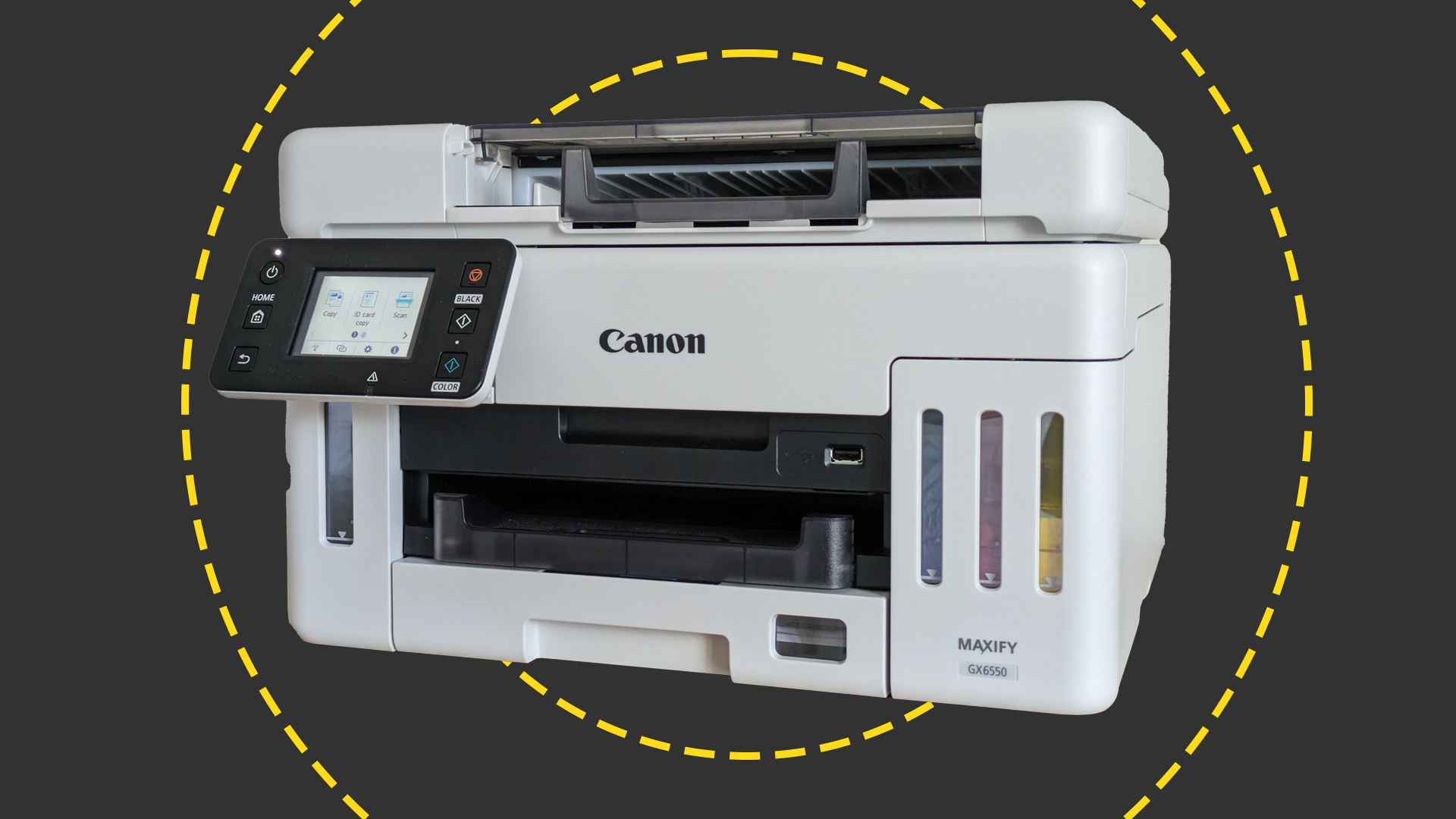 Canon MAXIFY GX6550 Review: cheap to run and very compact, but not the greatest inkjet MFP
Canon MAXIFY GX6550 Review: cheap to run and very compact, but not the greatest inkjet MFPReviews The GX6550 has a neat cubby hole trick and it's very cheap to run, but it's compromised in other ways
By Simon Handby
-
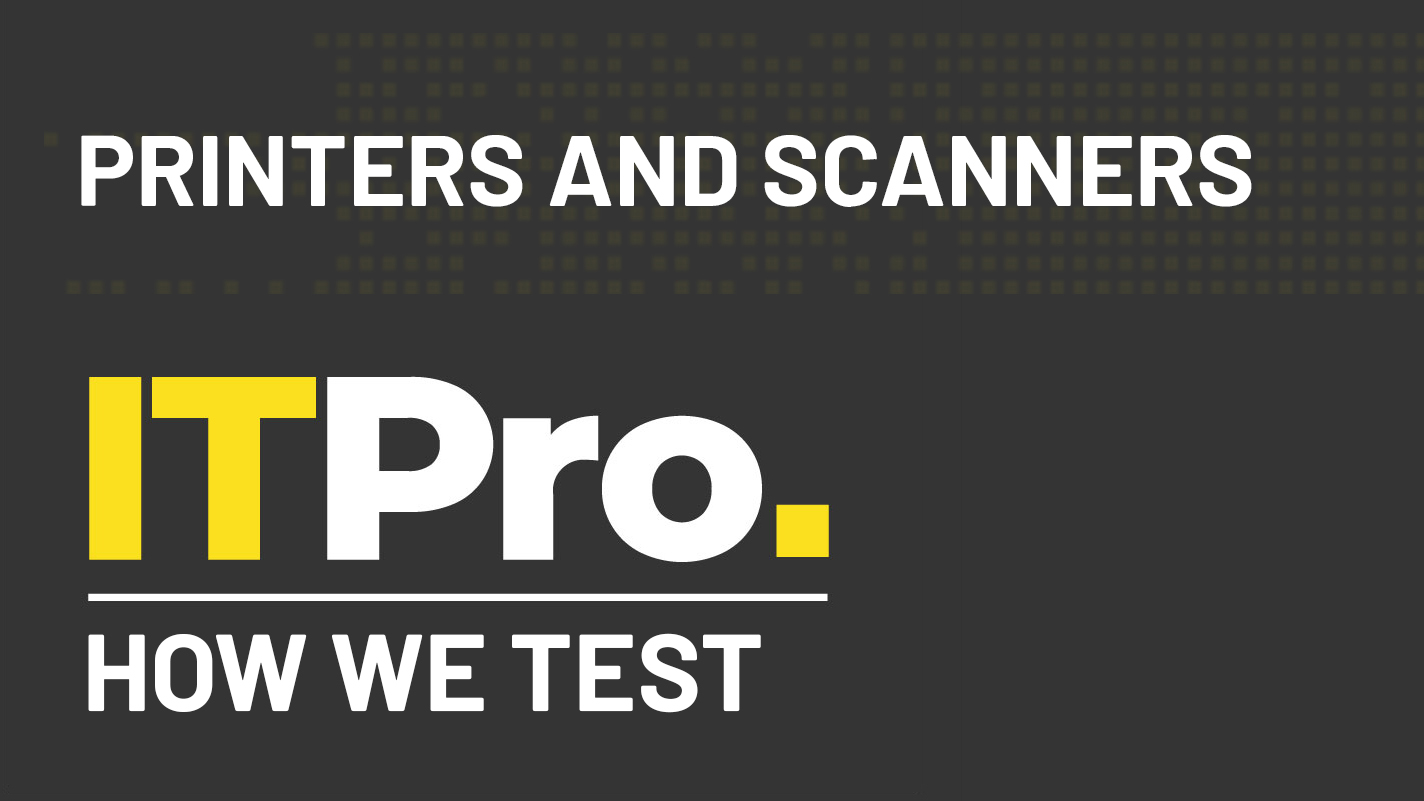 How we test printers and scanners
How we test printers and scannersReviews Everything you need to know about our benchmarking process for print devices
By IT Pro
-
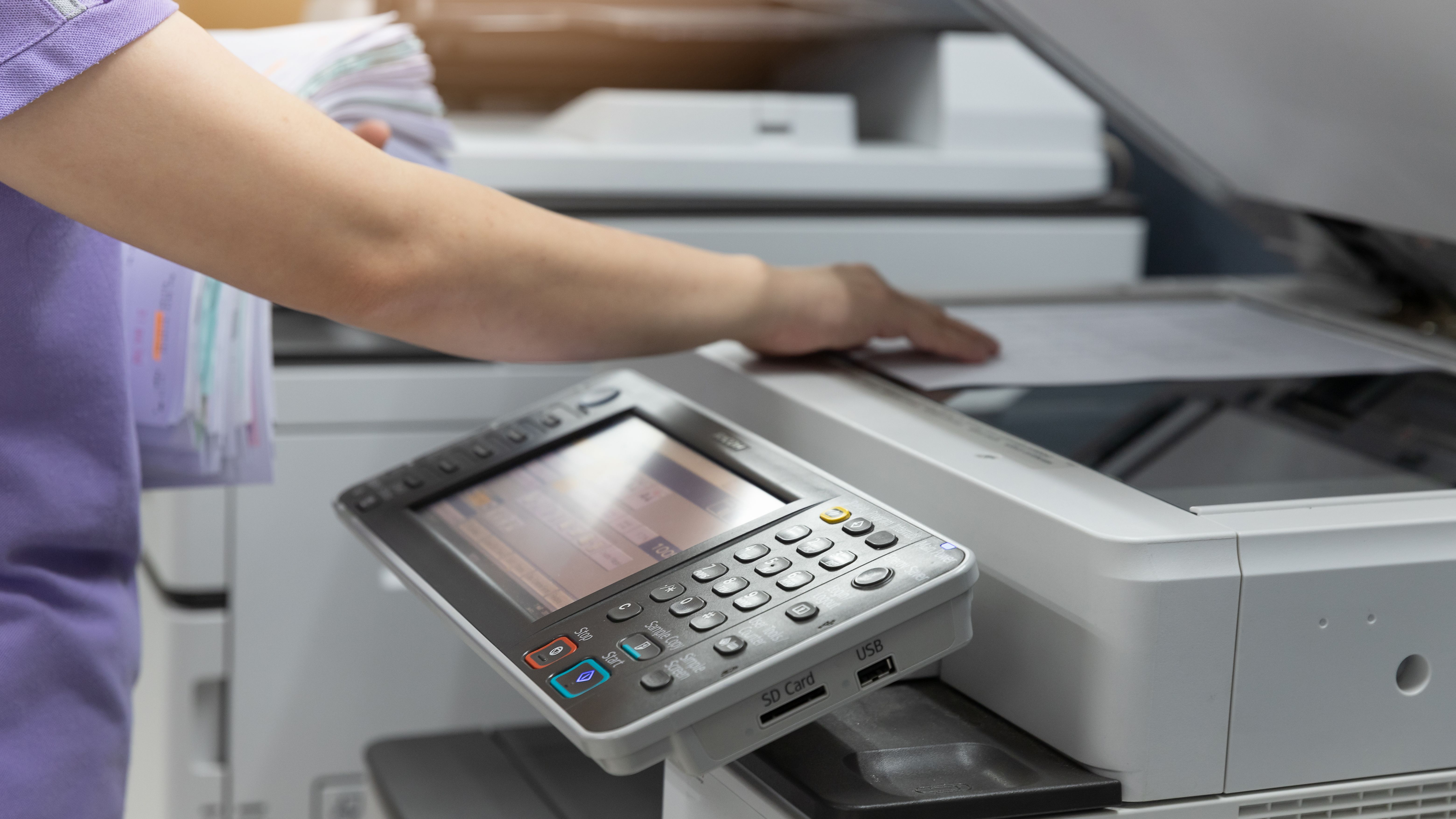 How do laser printers work?
How do laser printers work?In-depth If you’re scratching your head wondering how laser printers work, then we’ve got all the answers here
By Zach Marzouk
-
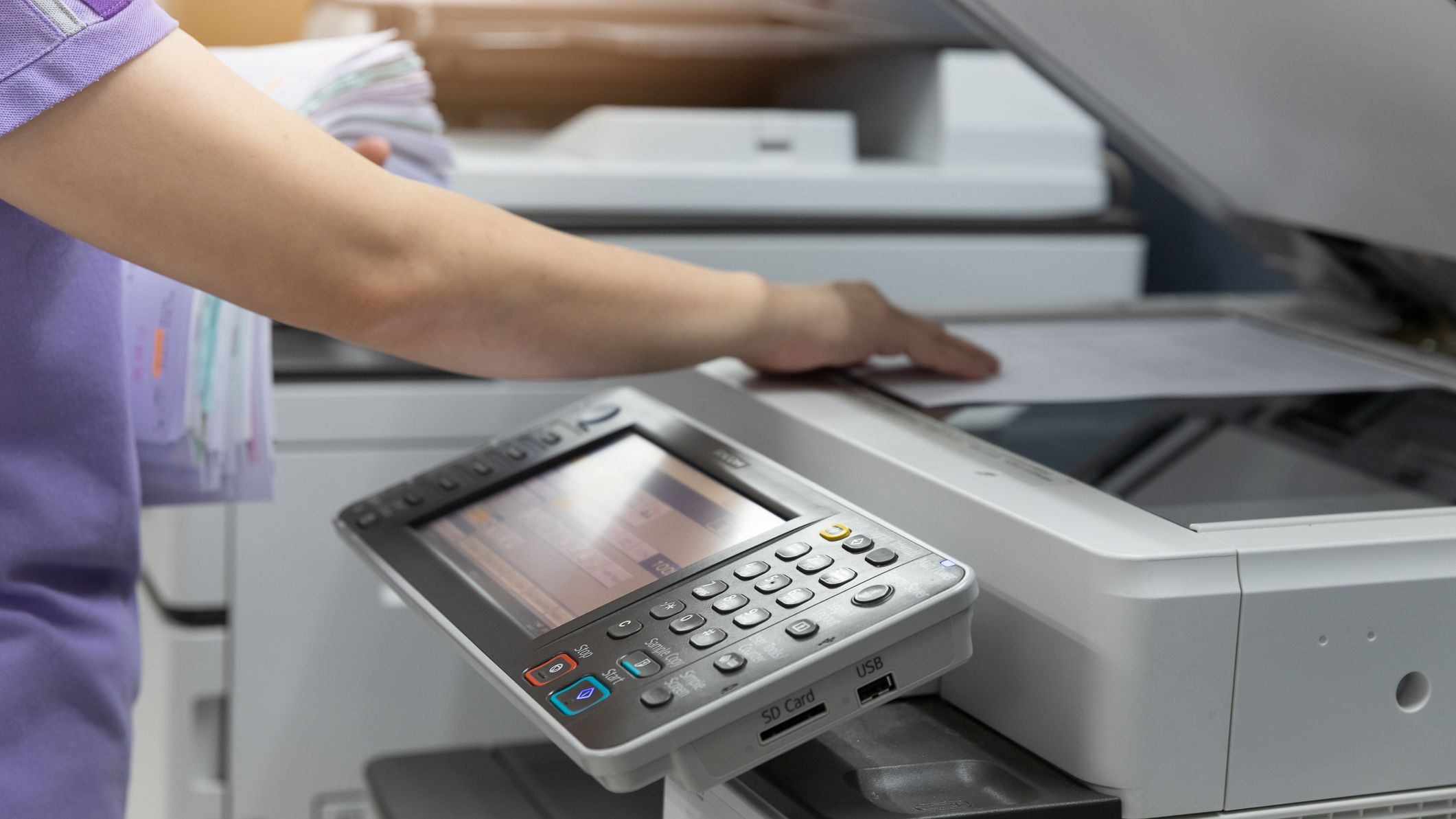 LED vs laser printers: Which is better for business?
LED vs laser printers: Which is better for business?In-depth Laser and LED printer technology is similar, but each come with their own unique benefits that could make them best for your company
By Rory Bathgate
-
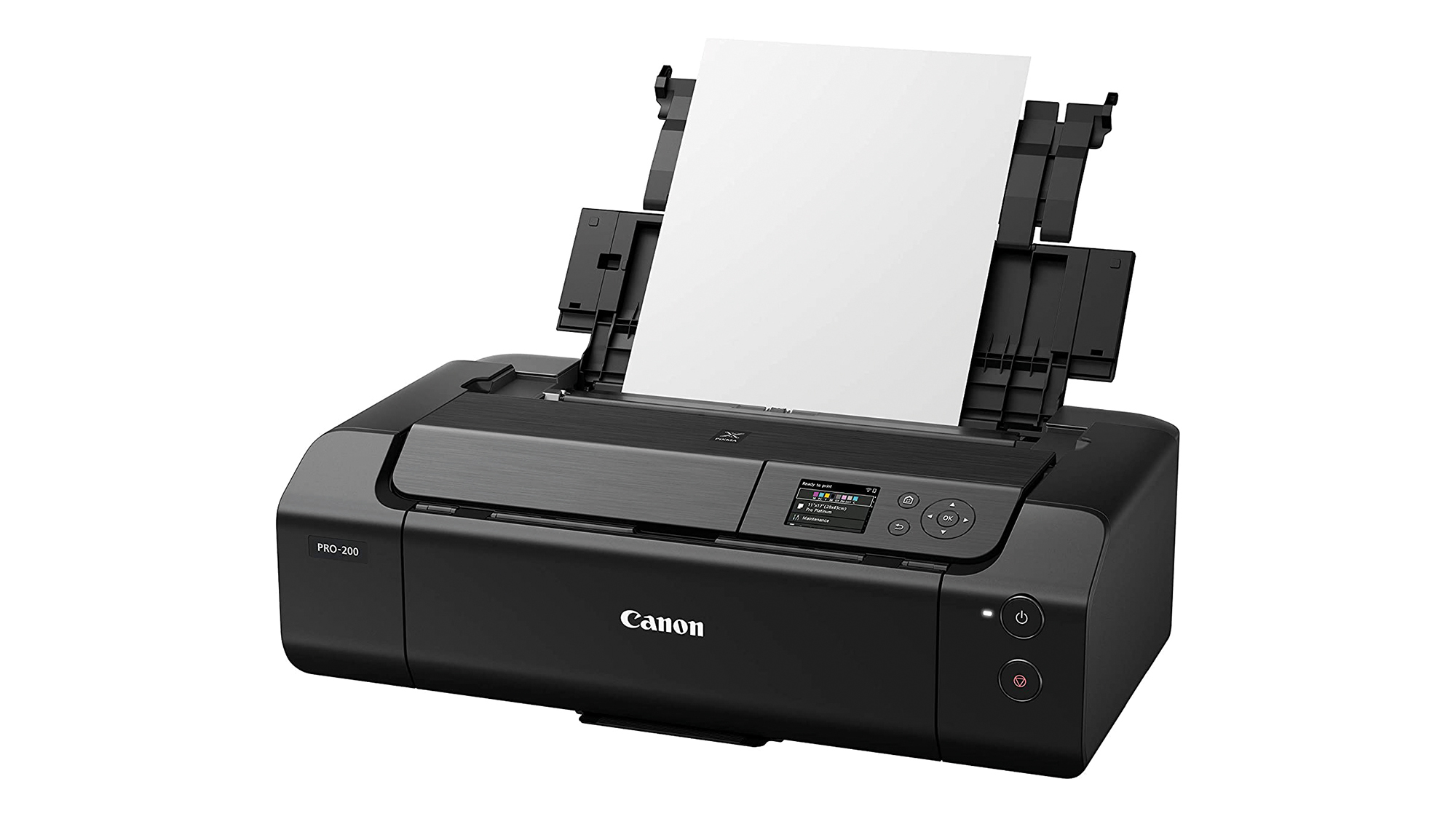
 Canon Pixma Pro-200 review: A single-function superhero
Canon Pixma Pro-200 review: A single-function superheroReviews Everything about the Pro-200 is massive, from its price to its A3+ printing, but the photos are phenomenal
By Andy Shaw
-
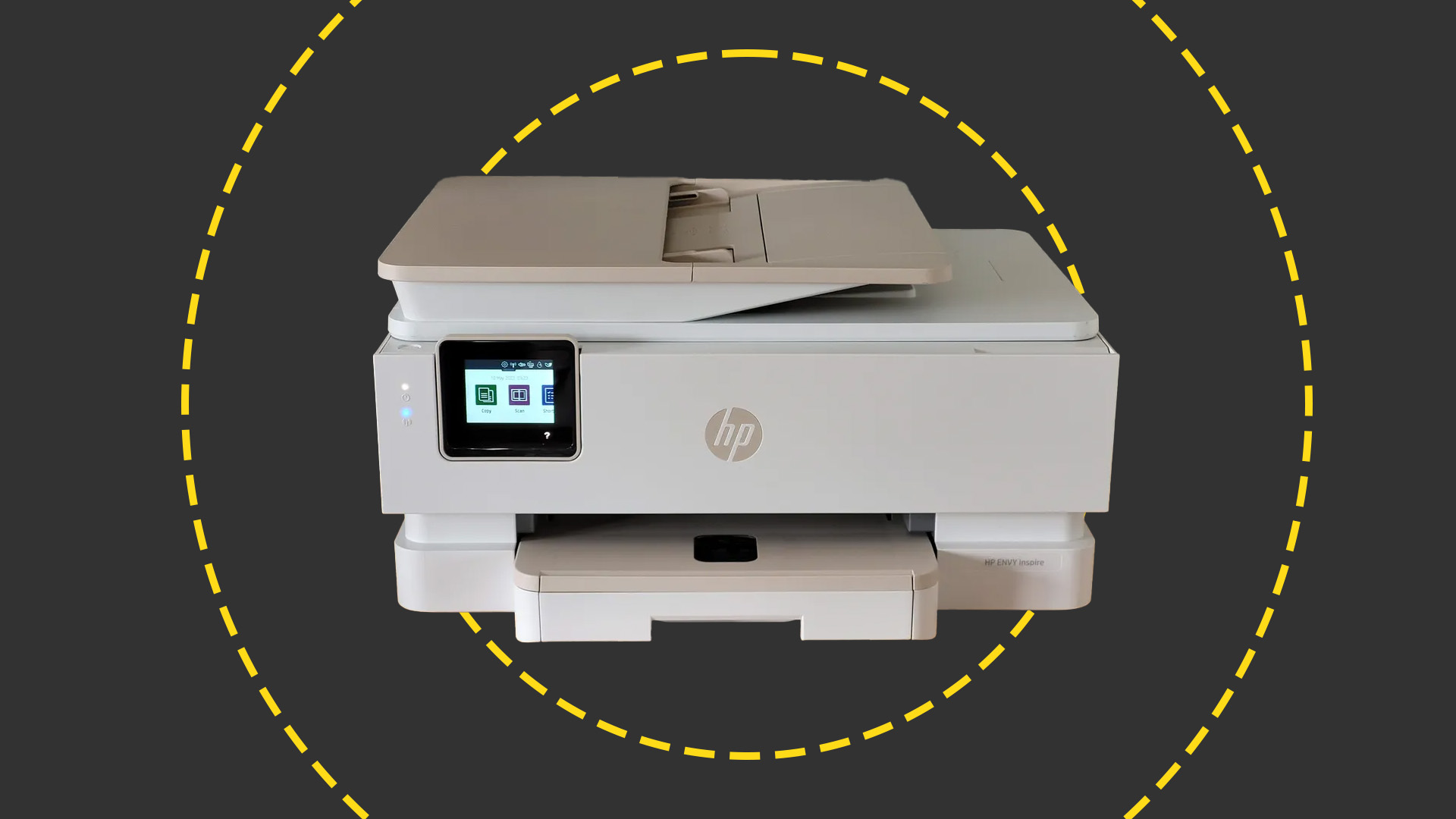 HP Envy Inspire 7920e review: The answer to your home office paperwork
HP Envy Inspire 7920e review: The answer to your home office paperworkReviews Ignore the average speeds, and this flexible MFP has a lot to offer the home office
By Stuart Andrews
-
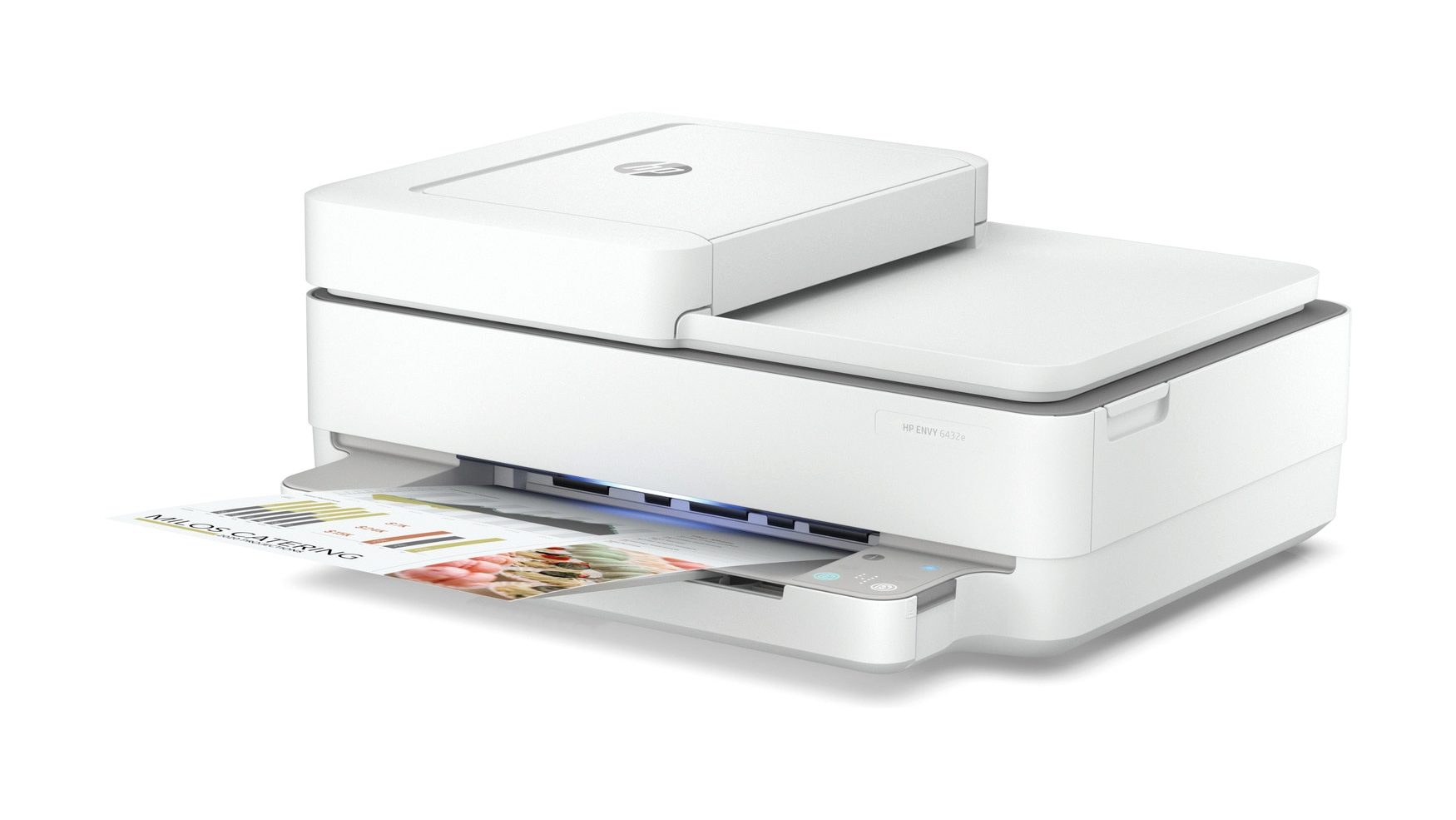 HP Envy 6432e review: Beauty that’s only skin-deep
HP Envy 6432e review: Beauty that’s only skin-deepReviews This entry-level inkjet might look great, but it’s expensive, underspecified and tricky to set up
By Simon Handby